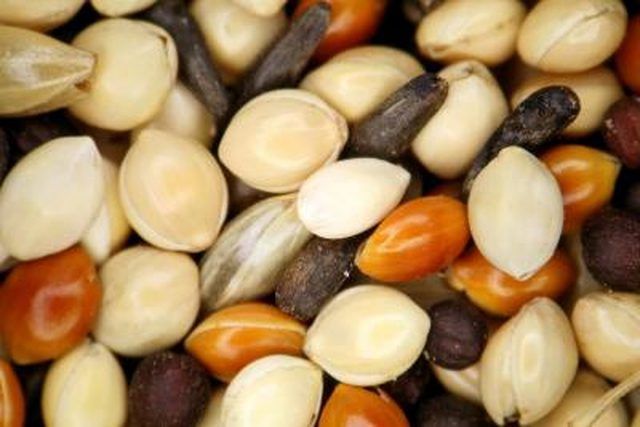Bulbs
Flower Basics
Flower Beds & Specialty Gardens
Flower Garden
Garden Furniture
Garden Gnomes
Garden Seeds
Garden Sheds
Garden Statues
Garden Tools & Supplies
Gardening Basics
Green & Organic
Groundcovers & Vines
Growing Annuals
Growing Basil
Growing Beans
Growing Berries
Growing Blueberries
Growing Cactus
Growing Corn
Growing Cotton
Growing Edibles
Growing Flowers
Growing Garlic
Growing Grapes
Growing Grass
Growing Herbs
Growing Jasmine
Growing Mint
Growing Mushrooms
Orchids
Growing Peanuts
Growing Perennials
Growing Plants
Growing Rosemary
Growing Roses
Growing Strawberries
Growing Sunflowers
Growing Thyme
Growing Tomatoes
Growing Tulips
Growing Vegetables
Herb Basics
Herb Garden
Indoor Growing
Landscaping Basics
Landscaping Patios
Landscaping Plants
Landscaping Shrubs
Landscaping Trees
Landscaping Walks & Pathways
Lawn Basics
Lawn Maintenance
Lawn Mowers
Lawn Ornaments
Lawn Planting
Lawn Tools
Outdoor Growing
Overall Landscape Planning
Pests, Weeds & Problems
Plant Basics
Rock Garden
Rose Garden
Shrubs
Soil
Specialty Gardens
Trees
Vegetable Garden
Yard Maintenance
Should Plant Seeds Point Up or Down?
Should Plant Seeds Point Up or Down?. Seeds know which way is up: The shoots grow up and the roots grow down. A seed's orientation in the soil does play a role in the ultimate vigor of the resulting plant.

Seeds know which way is up: The shoots grow up and the roots grow down. A seed's orientation in the soil does play a role in the ultimate vigor of the resulting plant.
Orientation
According to a 1972 Agronomy Journal study, bean seeds emerged from the soil more slowly if they were planted with their hypocotyl -- the stem end -- facing down. The seed must rotate, sometimes as much as 180 degrees, before its stem breaks through to the soil surface. Plants that begin life with this handicap may never reach their full potential.
Size
For small seeds, how they lay in the soil doesn't play a big role. But for large seeds, orientation makes a difference. If you can locate the micropyle of a seed -- the hole in the seed coat through which the root will emerge -- this end should face downward. For pointed seeds, locating the micropyle is easy. For rounded seeds, such as beans and peas, plant them laying flat to minimize the amount they must rotate before the stem emerges.
Germination
Other factors affecting seed germination are water, light, oxygen and heat. Absorption of water is the first step in the germination process for all seeds. Light, or the lack of it, is needed by some; others require a particular temperature range. Finally, oxygen is needed by all seeds for germination.